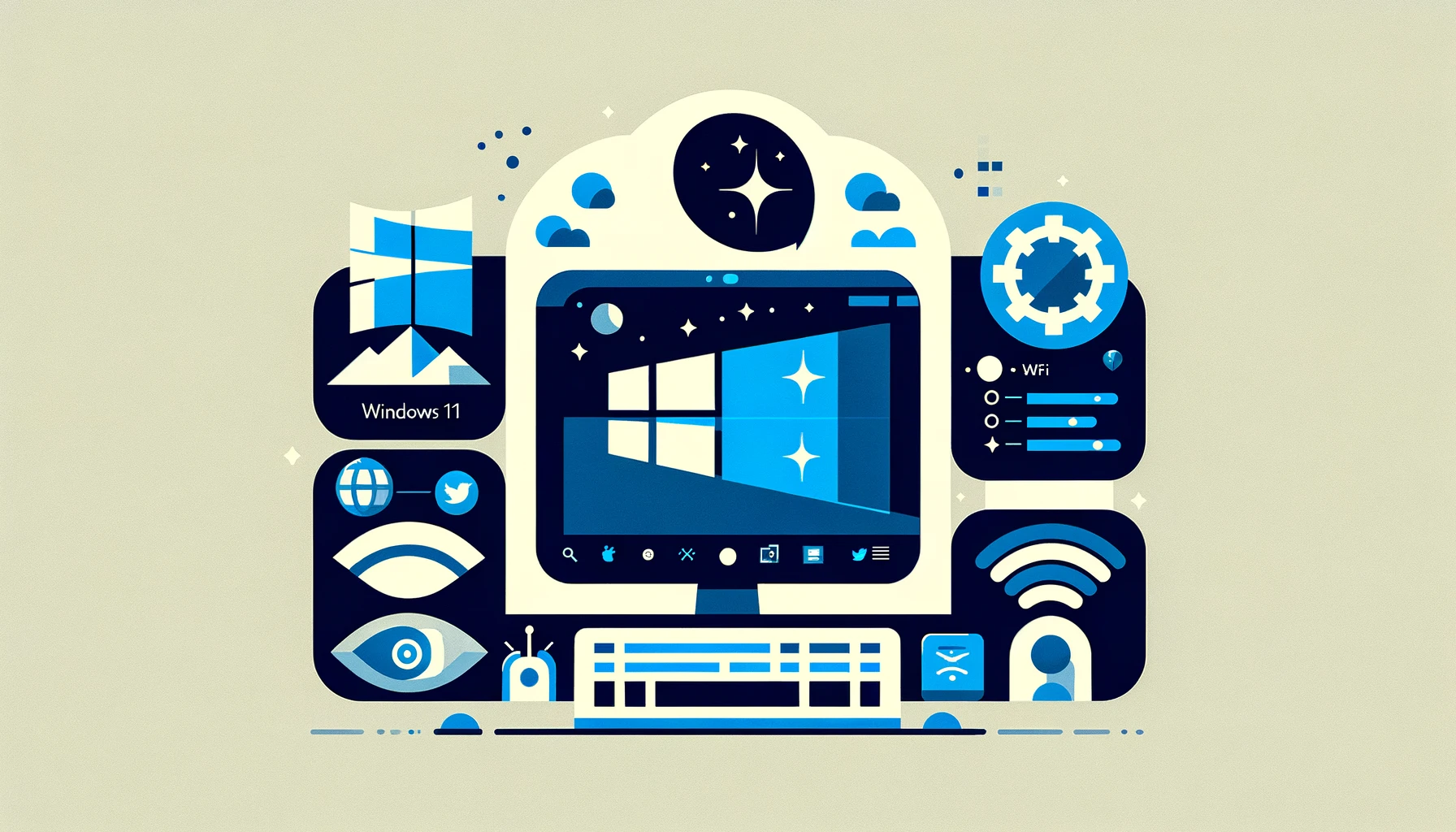Windows 11 boasts a wealth of practical applications and tools that empower users to configure their operating system according to their preferences. From enabling dark mode to adjusting screen settings, managing Wi-Fi networks, and overseeing installed program processes, Windows 11 offers a versatile set of features. To explore and access this advanced menu effortlessly, there’s a straightforward shortcut.
While it initially appeared that the Windows Start menu might fade into obscurity with the advent of Windows 10 and subsequently Windows 11, Microsoft has chosen to keep it intact. This menu serves a multitude of purposes beyond what meets the eye. Most keyboards on desktops and laptops equipped with Windows have a dedicated key symbolized by the Windows icon, which is commonly used for quick shortcuts.
Within this advanced Windows menu, you’ll discover a plethora of applications, some of which have evolved over time, while others have been updated to enhance the user experience. However, it’s essential to note that default system tools within this hidden Windows menu cannot be removed, as they are permanent fixtures. To swiftly and directly access the advanced menu, follow these straightforward instructions.
Accessing the Windows 11 Advanced Menu
Accessing the advanced menu in Windows 11 is a breeze. There are two simple ways to achieve this. First, position your mouse pointer over the Windows Start menu icon, right-click, and a dropdown menu will appear, revealing all the advanced features. The second, simplest, and quickest method involves pressing two buttons simultaneously: Windows + X.
Here’s a glimpse of the various functions Windows offers through the quick and advanced startup menu, commonly used for various system configurations.
Windows 11 Advanced Menu Applications
Windows 11 offers a total of 14 configuration options within the advanced menu. Among these, the following are some of the most significant:
- Installed Applications: This function provides direct access to all the applications installed on your hard drive, including pre-installed Windows apps like Calculator, Camera, Notepad, and Mail, as well as user-installed software such as Microsoft Office or Google Chrome.
- Power Options: Access screen sleep settings, power modes, and battery-saving options, particularly useful for laptops.
- System: Gain insights into your device’s specifications with a single click. Check your Windows version and product activation status.
- Device Manager: Examine software, security, and storage drivers, audio inputs and outputs, and ensure their proper functioning.
- Disk Manager and Computer Manager: These tools allow you to view connected storage units and manage computer resources effectively.
- Task Manager: Manage system applications, enable or disable them, and control their startup behavior during Windows boot-up.
Additionally, you can power off the computer or log out with ease through the advanced menu using the Windows + X key combination.
It’s crucial to exercise caution when interacting with options in these “secret” menus. Always ensure you understand the consequences of your actions and proceed with care when making changes to system settings.

